Sex toy sales have risen significantly since the outbreak of the Coronavirus pandemic. The holidays are quickly approaching and it can be difficult to decide what you want to put on your holiday list. Looking for some inspiration? We’ve got you covered. Treat yourself to a pleasure device this year from one of these sex positive brands.
*We are not receiving a commission for any of these products. They have been researched by our staff and we have not received any incentives from these companies.*
Brand #1: Woo More Play
3 Reasons Why We Love Woo More Play
They believe that we deserve great sex, and we happen to agree.
Their products are as natural as possible by using only organic ingredients, as fun as possible, and are tested as much as possible.
Their products are cruelty free, which means they are not tested on animals.
Their vibrator "i cum first" is designed to pleasure people with vulvas. It has 5 speeds and it is both portable and chargeable! It has curves that contour across the labia majora, labia minora, and clitoris for external stimulation. But it can also be used internally for g-spot stimulation.
Brand #2: Dame
3 Reasons Why We Love Dame
They are passionate about closing the pleasure gap (a.k.a., the disparity in sexual satisfaction between people with vulvas compared to people with penises).
All of their silicone is medical-grade.
Their toys are made with safe, ethical, and environmentally-friendly practices.
Their most popular vibrator is the "Eva II", a hands-free vibrator that provides clitoral stimulation. It can be used solo or with a partner. It is waterproof and has 3 speeds. Eva’s wings nestle under the labia for a secure, comfortable fit.
Brand #3: Je Joue
3 Reasons Why We Love Je Joue
Je Joue, directly translated from French, means “I play” and Je Joue believes that play is an extremely important part of a healthy sex life.
They advocate for self-love and the introduction to new experiences to people of all sexual orientations and gender identities.
They also focus on sex positivity, which they define as “having a progressive and non-judgmental attitude towards sex and sexuality.”
One of their best sellers is the "Mimi soft clitoral vibrator" which has 5 speeds and 7 powerful patterns. It is also rechargeable and waterproof.
Brand #4: Chakrubs
3 Reasons Why We Love Chakrubs
Chakrubs are sex toys handmade from natural crystals. According to Chakrubs, crystals have perfect molecular structures that have positive effects on our electro-magnetic fields.
When our energenity bodies are at ease, we are at ease, we are open to healing, peace, love, and all of life’s pleasures.
Chakrubs confidently assures their customers that their labor practices are legal and ethical. They also make regular donations to a number of organizations in an effort to minimize their environmental impact.
Brand #5: Ohnut
3 Reasons Why We Love Ohnut
Ohnut is an intimate wearable that can help manage and potentially reduce pain during penetrative sex by allowing vulva owners to customize the depth of penetration.
Ohnut believes that the bedroom can be a place of joy, even if you have struggled in the past. They have partnered with renowned sexual medicine clinicians, holistic practitioners, and other like minded professionals to create this product.
Ohnut is made from an FDA approved body and skin safe polymer blend. It is a thermo-set material that is free of BPA, phthalate, and latex.
Ohnut is worn externally at the base of a penetrating partner (on the shaft of a penis or dildo). Each set comes with 4 linking rings, so you can discover what feels good for each partner.
Brand #6: b-Vibe
3 Reasons Why We Love b-Vibe
They are a result of years of research. Each b-Vibe product utilizes innovative design tactics to address specific, often unaddressed, sources of anal pleasure.
Their core mission is to empower exploration through education. They also promote inclusivity and informed play.
Their website offers a range of guides for those new to anal pleasure and for those who are more advanced.
The Rimming Plug Petite is the perfect toy for those experienced with anal play or those looking to get started. It has been cited by many publications as the best anal sex toy for all. The toy is made from 100% body-safe silicone, is rechargeable, and has a wireless remote control that works up to 30 feet away.
Brand #7: Lioness
3 Reasons Why We Love Lioness
Lioness is an advanced vibrator that connects to a mobile app to help visualize arousal and orgasms.
Their women-led engineering team has worked to craft a vibrator and app that allows those using it to understand how your body responds to climax in order to make climax more enjoyable.
Lioness is made out of 100% medical-grade silicone that is phthalate-free and non-porous.
Brand #8: Buck Angel
3 Reasons Why We Love Buck Angel
Buck Angel shares an empowering message of self-acceptance and is on a mission to encourage everyone to be comfortable in their own skin. He is a FTM trans person and wants to help others like him to live their lives authentically.
Buck aims to inspire people to redefine gender and foster a new generation as they discover the fluidity of sexuality and navigate gender politics.
He proclaims that it is not what is between your legs that defines you, but how you feel and identify.
The Buck-Off stroker is the first product designed specifically for trans men to engage in stroking fun. It allows them to “jack-off”. It is made with Perfect Fit’s ultra-soft SilaSkin. Buck Off won Most Innovate Toy for 2017 and is the first sexual wellness product designed for trans men by a trans man!
Brand #9: Biird
3 Reasons Why We Love Biird
Their mission is to dispel the taboo messages surrounding sex toys and other products designed to make you feel good. They recently launched a petition highlighting how the current policies around adult content are inconsistent, damaging, and biased against women and other marginalized communities. They hope to challenge social media platforms and their discriminatory policies.
They believe that well-designed pleasure should be available to all, not just people “in the know” or with tons of money to spare.
It doesn’t look like your typical sex toy. It can be used as decoration by sitting on the charger and becoming a lamp. Plus, it is whisper quiet!
Their Obii clitoral massager with suction and vibration modes combines suction sensations with powerful vibrations. It is made out of silky-smooth and squishy body-safe silicone. Major perk! It is whisper quiet.
Brand #10: Le Wand
3 Reasons Why We Love Le Wand
Le Wand is woman-founded and strives to bring unparalleled quality to an industry that is not always transparent.
Their toys are designed with pleasure in mind for all bodies.
They believe that everyone has a right to experience pleasure, to feel good about their sexuality, and to love their body.
Their best seller is the Le Wand Rechargeable Vibrating Massager. It is the winner of Cosmopolitan’s Sexcellence Award for “Most Powerful Sex Toy”. With 10 speeds and 20 vibration patterns, the toy is guaranteed to deliver intense and sensual pleasure.







































